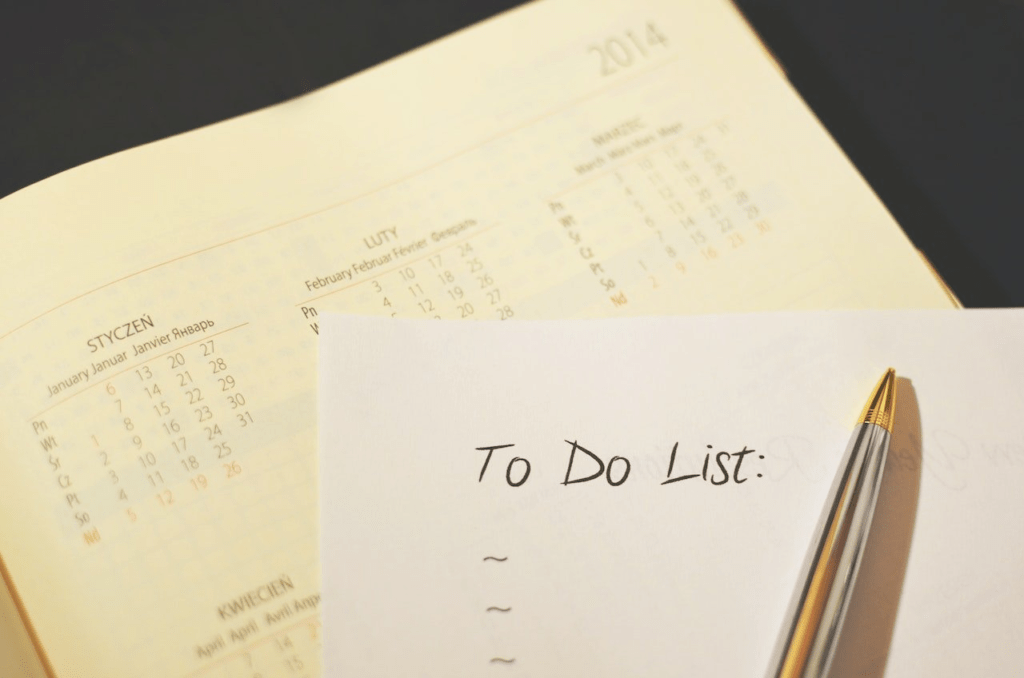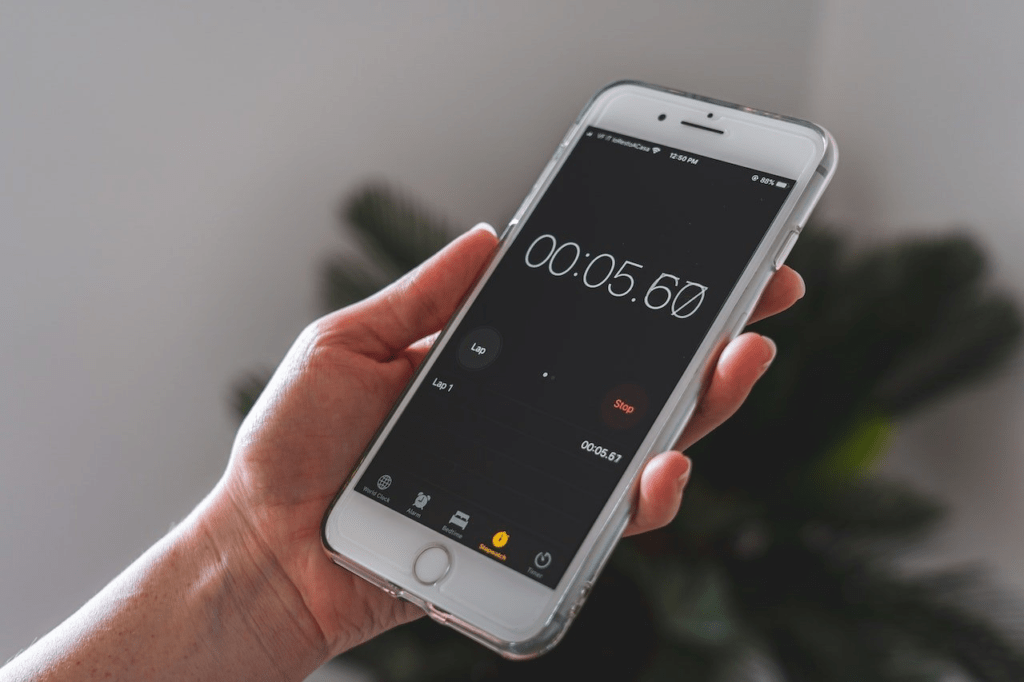“There’s a bright side to ADHD, and that’s where all the shiny things are.” – Unknown
You’ve been struggling in your college courses despite working hard. You were diagnosed with ADHD. As a result, you have difficulty paying attention in class, can’t focus on reading for long periods, and find it challenging to follow the professor’s teaching method in their lectures. You’re not alone! In fact, many college students are dealing with these symptoms every day. Here are some tips to help you get started:
ADHD students may find college to be a difficult experience.

You will be able to study a lot more with these 7 study tips.
1. Speechify

Are you a person who does not read a lot? Then Speechify is a fantastic tool to have. It’s a text-to-speech assistant that reads to you in a computerized voice. For instance, it can read Google Docs, textbooks, and internet articles, which will help you in the long run. You can download it on your phone or use the Google Chrome Extension.
2. To-do List (Planner)

Most importantly, plan your day by making a to-do list with due dates. In fact, If you don’t want to use a planner, some excellent apps might help you keep organized. For example, some apps will send you notifications when you make changes or when deadlines are approaching.
3. Music

Did you know there is some incredible music that can help you with your ADHD? Try Lo-fi beats, white noise, binaural beats, and other types of soundscapes. These playlists are beneficial for those with ADHD. For example, you can find these types of playlists on Spotify, Apple Music, YouTube, and more. Spotify is my go-to music app, and I listen to music and podcasts daily. Finally, if you don’t know where to find a fantastic playlist, check out the Spotify app for a playlist.
4. Pomodoro Technique

While studying, you may use the Pomodoro Technique to track how much time is spent on each subject while including brief break intervals into your daily routine. In fact, The Pomodoro technique improves memory, avoids distractions, and retains new information. You can set the timer however you want. For example, you can set it for 15 or 30 minutes and take 2 or 3 5-minute breaks between or longer. It’s totally up to you.
5. School Resources

- Disability Resouce Center
Colleges that accommodate students with learning disabilities, such as Disabilities Resource Centers (DRCs) or disability centers, are common in higher education. For example, a student who needs note-taking, lab help, sign language instruction, or exam support, such as additional extended time or a reader, may benefit from this service. In fact, you can go to your school’s website or go on campus and talk to someone to get you started. However, since all colleges are different, some will require you to provide documents or other alternatives.
- Support groups
Many campus support groups are available during the academic year to assist students. In reality, a support group for individuals with attention deficit hyperactivity disorder (ADHD) is a fantastic way to help those who need assistance. In addition, if there isn’t already one on your campus, start one and assist others in need.
6. Note Taking

Take notes regularly! Copy what the professor writes on the board. Of course, you must recreate your notes in a suitable structure. Furthermore, if you don’t already have a system set up for taking notes, I have three recommendations for you below:
- Outline Note-Taking Method

Outline Method
In most cases, the Outline method has always been the number one in most lectures. For instance, the Outline method could be a great way to take notes. Furthermore, since students use this method for classes, readings, and homework, this might suit you when starting.
- Cornell Note-Taking Method

Cornell Method
The Cornell method begins at the top of the two-inch column on the left and works your way down. Next, leave 3-4 blank lines at the bottom of the page when you’ve finished writing. Finally, follow the marking of these sections; you may start taking notes on the remaining portions of the page.

Mind Mapping
The Mind-Mapping Method is a strategy that helps students to visualize and organize ideas according to key topics. For instance, it can be used in many areas, such as financial planning, meetings, and lectures. In addition, this method is excellent when it comes to English courses.
For example, I started using the mind mapping method in elementary school during English writing time. My teacher explained that if we can’t think of anything, we should start brainstorming in the center and keep visualizing what we want to talk about.
7. Study Groups

Studying with friends is a great way to share and receive information. For instance, you may be studying in an inviting, friendly, and accommodating environment that is unsuitable for everyone – such as your own study group! Most importantly, if you have ADHD (or any other condition), tell them about it because they might not know how their comments could affect someone else who has similar challenges as theirs besides providing strategies to boot!
Studying together can be more than just learning from each other; it creates better memories. Additionally, while discussing these things, you all come across some interesting topics, so taking notes would help tremendously when tests roll around later this semester.
Wrapping up
Finally, do not be afraid to raise your hand and ask questions during a lecture if you are unsure about something. Second, if you are still unclear, approach your professor for clarification or assistance. And keep in mind that the methods will be helpful for a long time after the semester has ended.
If you have any questions or study tips, please comment below.

